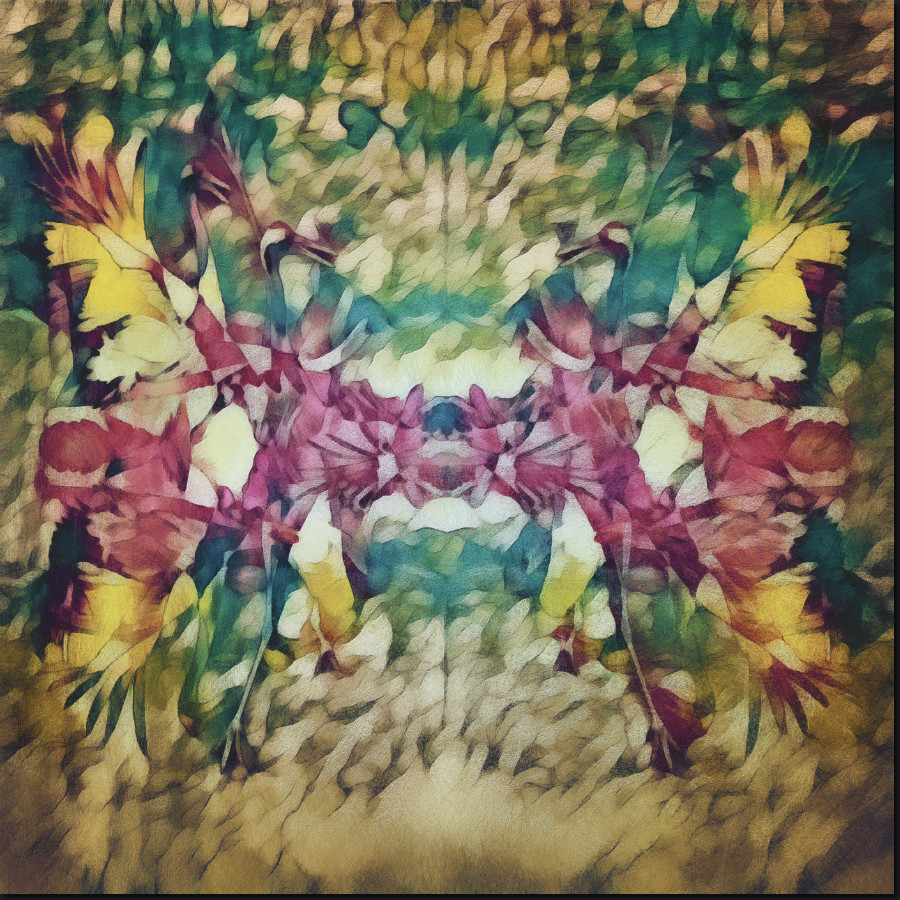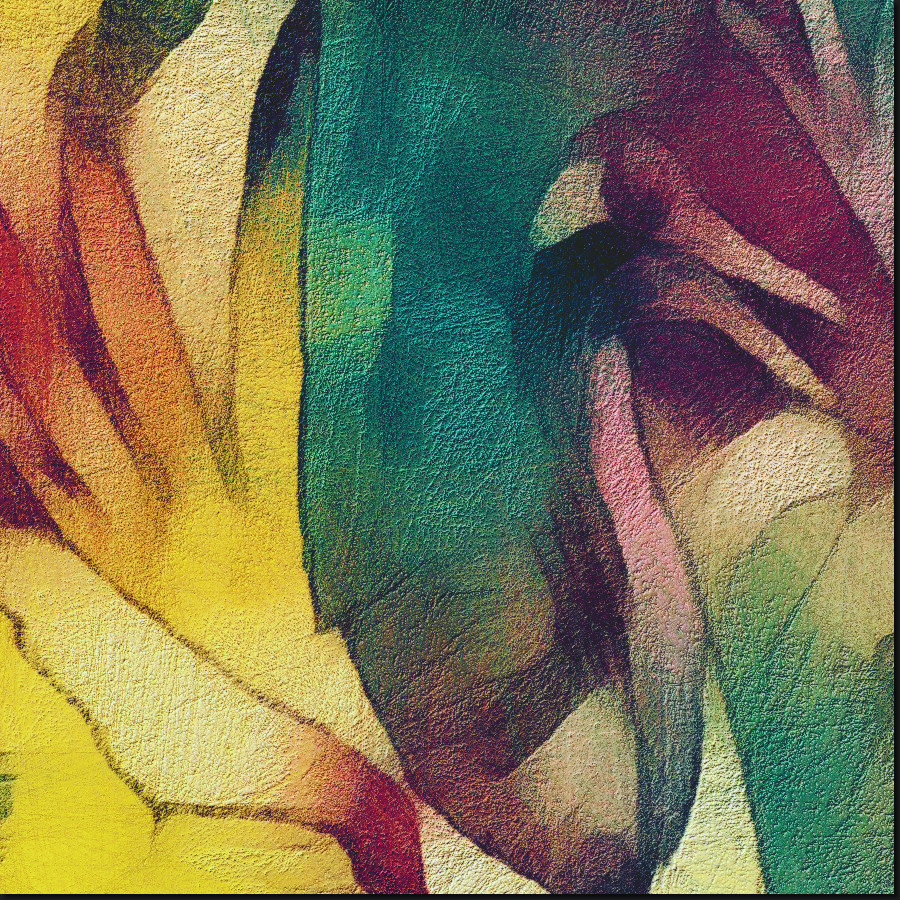A Summer's Dance
For Chamber Orchestra and Piano
· Be The Dancer, Become The Dance ·
Before we talk, before we sing, we dance.
• • •
The need to dance is not exclusive to humans.
East Asian red crowned cranes, shown in the still artwork above, begin to dance from a young age and continue their bounds and leaps through every season of their forty years of life.
•
When we dance alone our bodies produce peptides, biological messengers that prompt a feeling of wellbeing.
Dancing willingly with others floods our bodies with endorphins and other hormones that foster social bonding, heighten pleasure, and solidifies our feeling of community. Perhaps one of the reasons we first began to dance as a species is because doing things in concert increases the likelihood of our success when meeting complex challenges, thereby contributing to our security and survival.
When we choose to dance with another or others, we are close, we touch, we become less inhibited. As our movements become synchronous, the psychological distance that we might otherwise feel is reduced. As we dance, see and sense others dancing in time with us, our awareness of self eases further and we meld with those participating in the dance. We come together. This 'self-other' state is known by those who study the physiology and psychology of dance as merging. The more we dance and share the same or complimentary movements, the more we experience ourselves as one rather than many. We feel union, we become fused, and we begin to trust.
Dancing makes humans feel good.
•
The moment two or more fill a space, there is a dance of sorts...
I have a personal affinity with dance. My mother loved to dance.
As a child I recognized my mother's movements were awkward, and although she was not a 'natural dancer', I was struck by how this had no affect at all on her need to dance, nor her love of dance. Moving with music was important for her, it was good for her, despite the judgements others might have had of her ability or the aesthetic qualities of her dance.
A few years after my mother died, in my early twenties, I began to play percussion and piano for jazz and contemporary dance classes. Making up music that others dance with is a powerful experience and a unique privilege. I created music according to the patterns and feelings the dance teacher wanted to explore. The teacher would start with a clear idea about the pace and rhythm that would best encourage a particular sequence of movements, but as the moments progressed the teacher would extend and exchange her ideas through her own movement, and I would take up these ideas musically, and the dance would evolve. The non-verbal unplanned exchange between accompanist and dancer is like the wind to wing. When dancers and an accompanist work together, when all in the space participate and listen, we act as one. The most magical moment is to end together, spontaneously, and without words. The silence that follows, and the feelings that flow are beautiful, poetic, loving.
Although dance class is an obligation for dancers to practice their skills, it is also a social occasion. All dance with others is, no matter how formal it may seem.
I played and made music for and with dancers for ten years, and during that time, inevitably, I fell in love.
To dance with is a public decleration of happiness. More than any other movement I make, I love to dance. More than the ease of playing sport, or the joy of playing a musical instrument. I do not however have the unselfconscious carefree sensibility that my mother showed when dancing. At times I might dance for a short string of imagined sounds alone, privately. Dance for me is full with feeling and meaning, full with my past as well as its current moment of movement.
During times of isolation the hope to dance again is valued all the more.
•
The music 'A Summer's Dance' gathers sounds together in groups of three - the waltz is my favourite form of dance. The piano plays throughout and is joined by violins, viola, cello, contrabass, an English horn, clarinets, a boroque bassoon, and a French horn. This chamber ensemble supports an intimate quality not so easily achieved with a larger concert orchestra.
Around a third of the way through the rhythm takes on a more complex form where several patterns combine before the waltz returns with the main theme. The piece comes to a close as a duet between the cello and piano weave effortlessly downward until together, tenderly, they meet as falling leaf to earth.
Most all the music I make is to be danced with. I hope my work will find its place with others in dance. In this meantime it finds voice as you listen to its movement.
•
The visual artwork shows six red crowned cranes dancing, two less prominent yet no less part of the dance, its colour, and form...
A full size extract follows.

